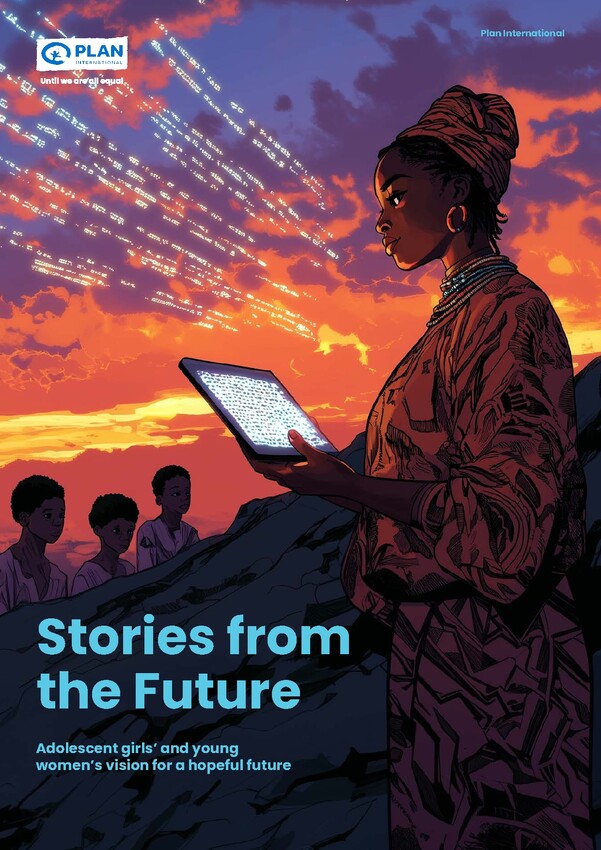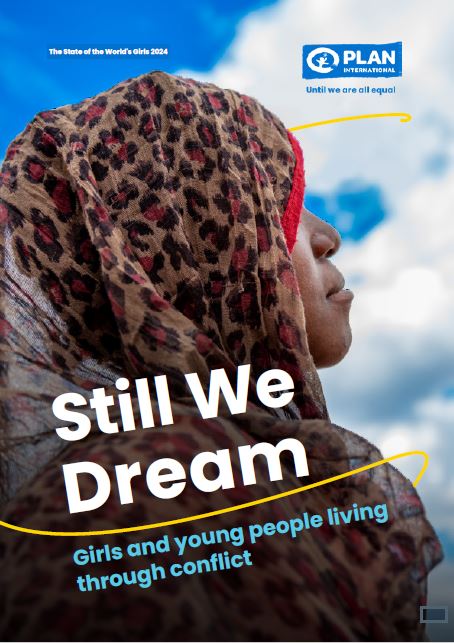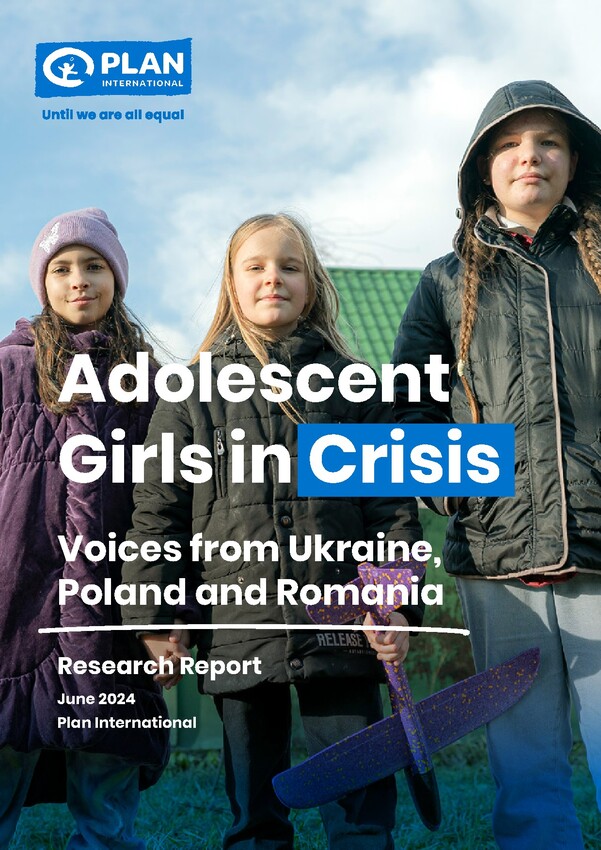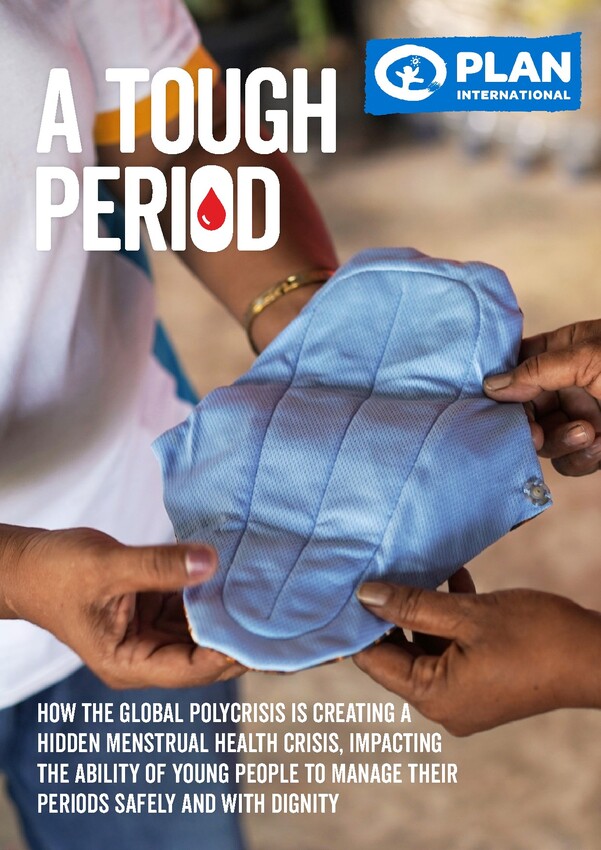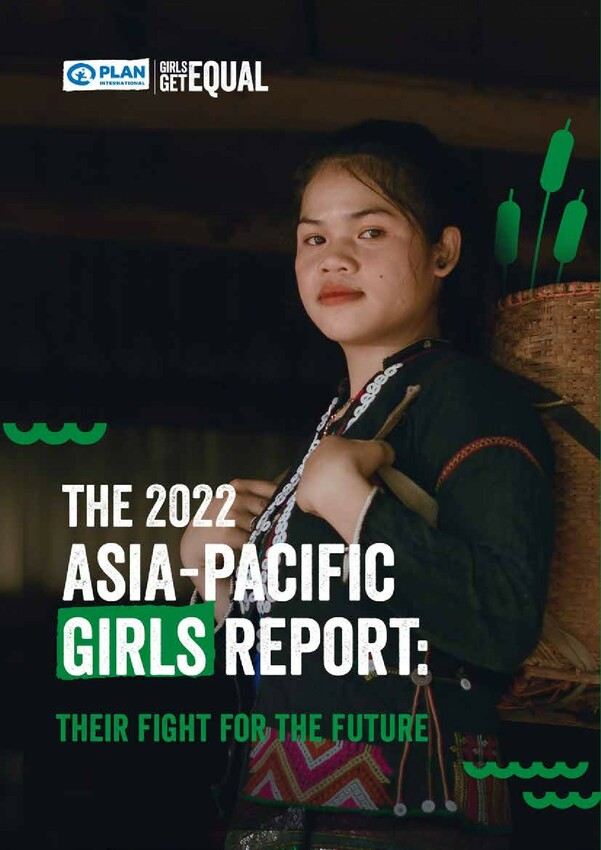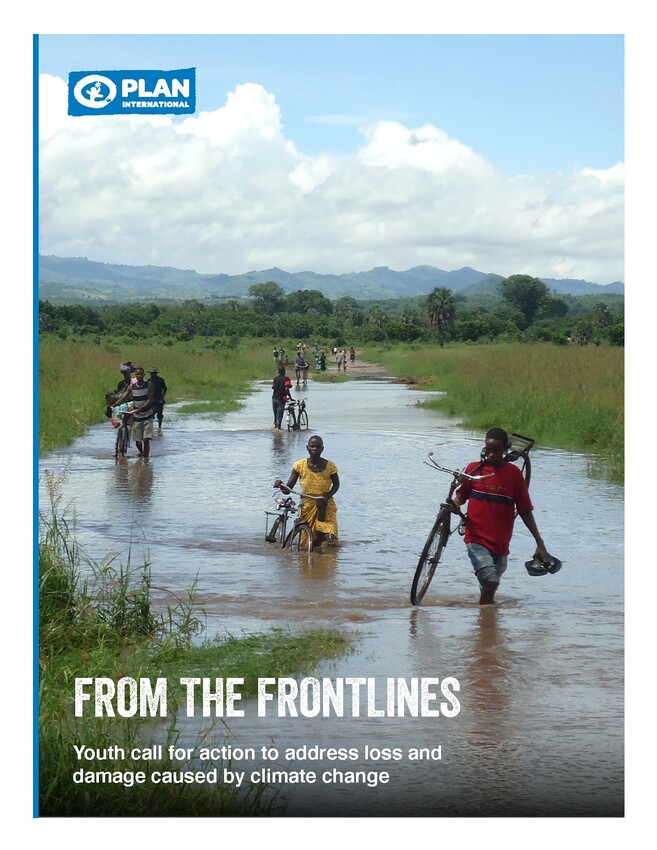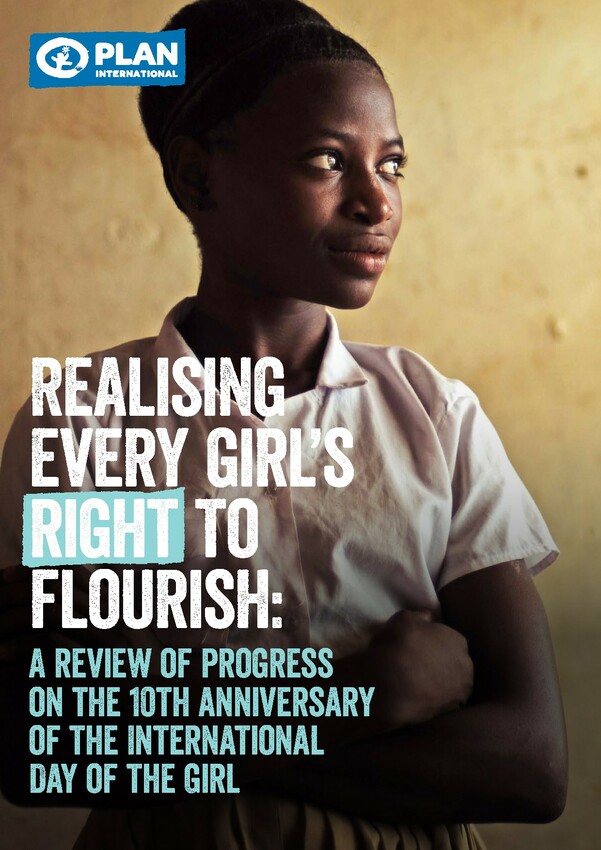- About us
- Our Work
- Child Sponsorship
- Girls‘ Rights
- Donation
- Get Involved
- News
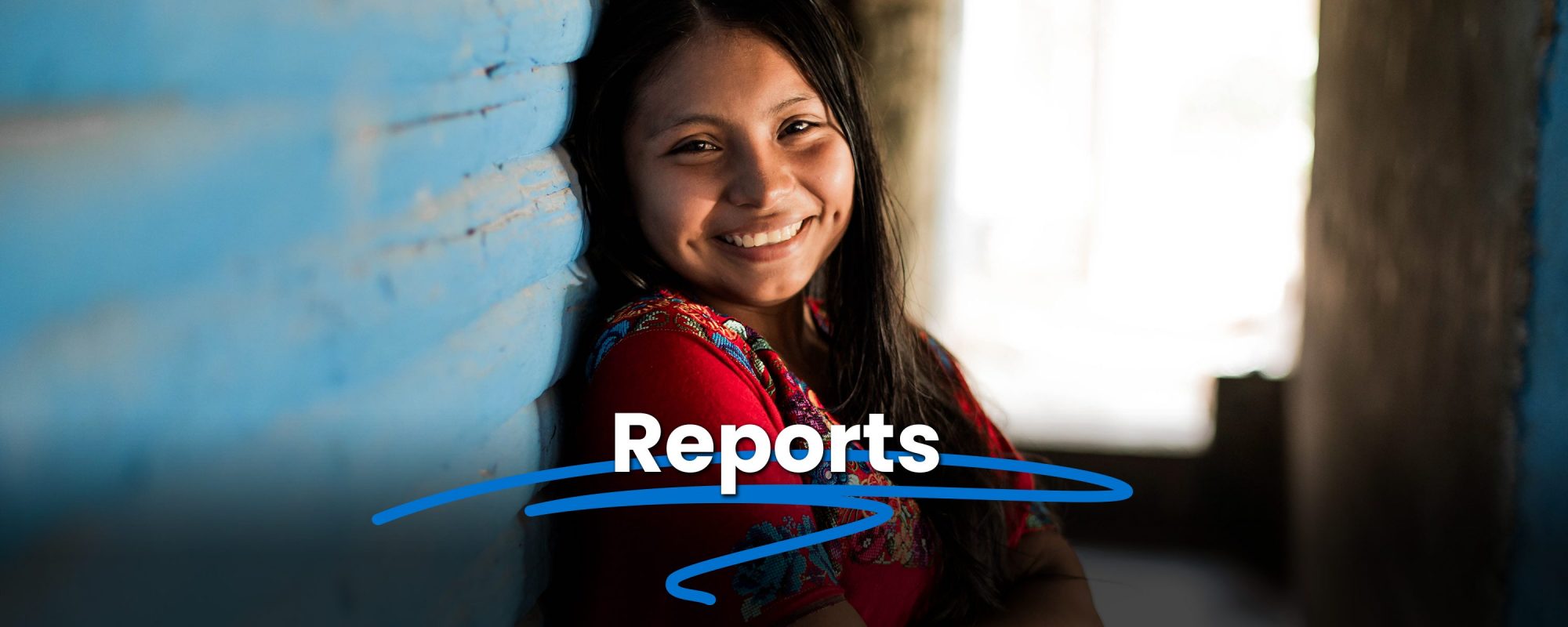
Stories from the Future
Adolescent girls’ and young women’s vision for a hopeful future.
“Stories from the Future” is a collection of short hopeful fiction stories set in a desirable version of the year 2055.
Plan International invited 15 adolescent girls and young women from 11 countries around the world to imagine a future 30 years from now where governments and policymakers fully adopted the recommendations made by adolescent girls and young people on the occasion of the Beijing+30 celebration.
The end result is “Stories from the Future”, a collection of short hopeful fictional stories set in a desirable version of the year 2055. The stories are not utopic. In fact, some of them are quite realistic about the struggles women and girls will probably continue to face in 30 years, despite our best efforts.
Still, in all of them, you will find glimmers of hope and inspiration about what the world could look like if only humanity committed to realising young people’s vision for the future, and allowed them to lead movements for change. Welcome to 2055!
Still We Dream
Girls and Young People Living through Conflict
This year’s State of the World’s Girls Report focuses on the experiences of young people whose lives are dominated by conflict. We wanted to understand how the experiences of violence, educational disruption, livelihood loss, and emotional distress, brought on by conflict, vary for girls and young women, boys and young men, and how this will affect their lives in the future.
The research involved a large-scale survey of 9,995 participants from ten countries. Armed conflict affects everyone but it affects them in different ways. This report looks at the gendered dimensions of conflict, emphasising in particular the needs and rights of girls and young women who, in times of conflict and in times of peace and plenty, are often overlooked.
Adolescent Girls in Crisis:
Voices from Ukraine, Poland and Romania
Girls displaced by the war in Ukraine face severe educational disruption and mental health challenges. A new report, “Adolescent Girls in Crisis: Voices from Ukraine, Poland and Romania”, published by Plan International, highlights the harsh realities faced by adolescent girls and youth (aged 10-19) caught in the crossfire.
The research reveals that both those who remain in Ukraine and those who have fled to neighbouring countries such as Moldova, Poland, and Romania are facing significant challenges. Their education has been severely disrupted, with many falling behind in their studies or dropping out entirely.
The war and displacement have made them vulnerable to sexual harassment and exploitation, while also leading to a surge in anxiety, depression, and other psychological issues among these girls. Despite these hardships, the report also reveals the remarkable resilience of these girls. Despite the challenges they face, they hold onto a clear vision for a future built on peace and inclusivity.
A Tough Period:
How the global polycrisis is creating a hidden menstrual health crisis
In over one-third of countries globally, the cost of living crisis has been exacerbated by conflict, political instability, climate change and acute food insecurity, culminating in a so-called “poly-crisis” and forcing almost 350 million people to flee from their homes.
For adolescent girls and young women, the resulting loss of security and reduced access to water, income-generating opportunities, education, healthcare and other essential services compounds, and is compounded by, a hidden menstrual health crisis.
Drawing on data from 168 specialists across 44 country offices and four regional hubs, this report explores the impacts of the polycrisis on the ability of adolescent girls to pay for menstrual hygiene products (such as sanitary pads) and to access water to stay clean during their periods; their coping strategies; and the range of protection risks that poor menstrual health management is exposing them to.
The 2022 Asia-Pacific Girls Report:
Their Fight For The Future
Girls and young women in the Asia-Pacific region persistently fight for gender equality and inclusive societies. In a region highly exposed to environmental shocks and stressors, girls, especially adolescent girls, are particularly vulnerable to the impacts of climate change, with serious implications on their rights and development due to the combined effects of age and gender discrimination.
The 2022 Asia-Pacific Girls Report is part of Plan International’s annual research contributing to the Sustainable Development Agenda. The report provides an update on the situation for girls’ leadership in the region, focusing on the increasing demand for climate action and justice for girls and young women.
It demonstrates girls’ and young women’s ability to persistently overcome barriers to demand a better future for themselves, their communities and their countries. This research crucially demonstrates the support they also need from civil society and duty-bearers. This is their fight for our future, and they shouldn’t do it alone.
From the Frontlines
Youth call for action to address loss and damage caused by climate change
The climate crisis is causing severe damage and irreversible loss to people and the planet. Extreme weather events, including floods, storms, droughts, heat waves and wildfires, are becoming more frequent and more severe every year. The stakes are high for today’s youth – the largest youth generation in history – and the ones who will bear the biggest burden of loss and damage.
This brief examines the meaning and impact of loss and damage through an intersectional, youth-centred, gender-equality lens. It presents an urgent call to action with four key recommendations leading up to the UN Climate Change Conference (COP27), November 6-18, 2022.
The lead author and researcher of this brief is Ineza Umuhoza Grace who is working for climate justice by amplifying youth voices and through policy research and advocacy as the Global Coordinator for the Loss and Damage Youth Coalition.
Realising every girl’s right to flourish: A review of progress on the 10th anniversary of the International Day of the Girl
Concerned by slow progress in the advancement of girls’ rights, the United Nations designated 11 October as the International Day of the Girl which was first observed in 2012 and has continued since then to be an occasion for giving visibility to girls and reminding the global community of its duty to realise their rights through stronger leadership, stronger policies and laws, and stronger, better-resourced implementation of these policies and laws.
In 2022, we observe the 10th International Day of the Girl, which is an opportune moment to take stock of the journey so far towards achieving lasting change and gender equality for girls. This report provides a review of worldwide progress between 2012 and 2022 in advancing the rights of all girls to develop to their full potential as the children of today and adults of tomorrow.
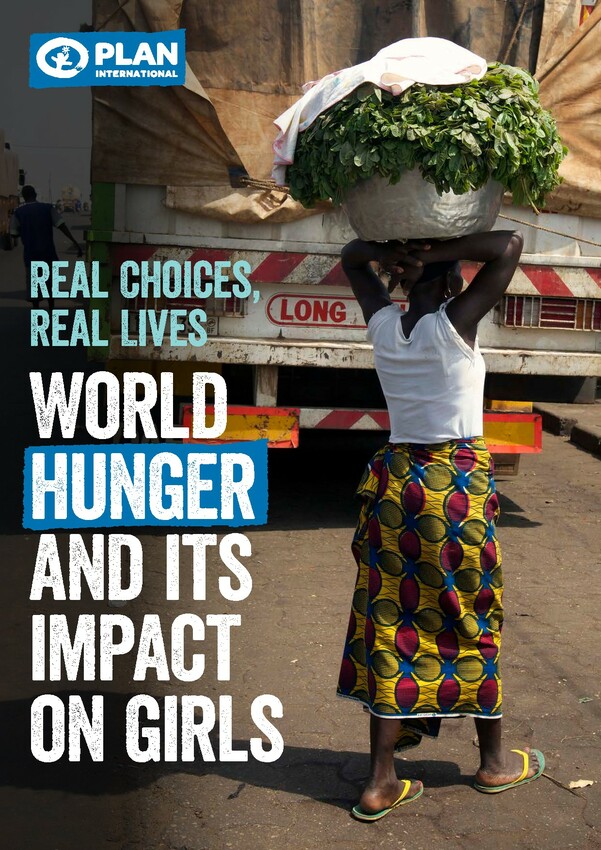
Real Choices, Real Lives: World Hunger and Its Impact on Girls
The research looks to understand the effects of the hunger crisis on girls taking part in the Real Choices, Real Lives study which has been tracking the lives of girls in nine countries for the past 15 years. Through annual data collection with girls and their caregivers, the study is able to offer unique insight into the experiences of girls during childhood and adolescence in distinct contexts and the realities that shape their lives.
The report explores how the global hunger crisis has impacted the girls and their families over the past two years and reveals that that food insecurity issues are widespread and its impact is being felt across the world. The key factors contributing to the food insecurity are COVID-19 related measures and their impact on household income; the increase in food and fuel costs due to COVID-19; the impact of climate change and extreme weather damaging or destroying crops and the conflict in Ukraine.
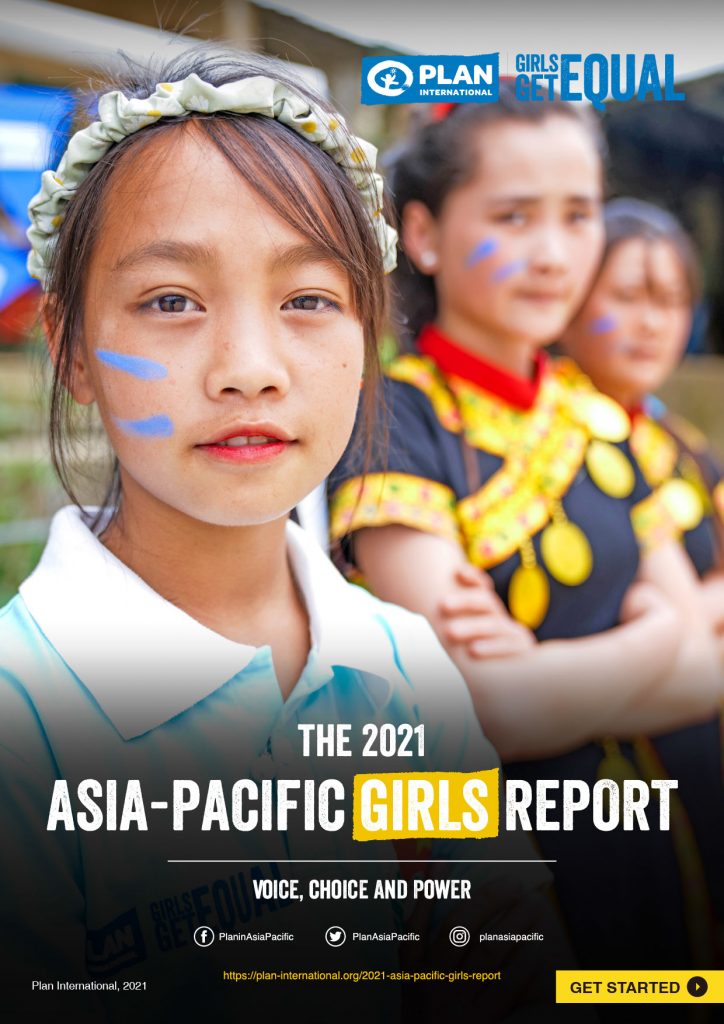
The 2021 Asia-Pacific Girls Report – Voice, Choice and Power
The Report was first developed in 2019 and updated to include the Pacific in 2021 to provide valuable insight into the circumstances girls and young women have been facing over the past two years. It focuses on the situation in 19 countries in South and Southeast Asia.
This year, the Report shows the discriminatory perceptions and structural barriers that limit the development of girls in Asia-Pacific region and the space to exercise their voice, choice and power. It demonstrates girls’ ability to break through barriers and contribute significantly to reforms and development it also highlights the significant civic engagement activities of young female activists and the unique challenges girls and young women face throughout the region
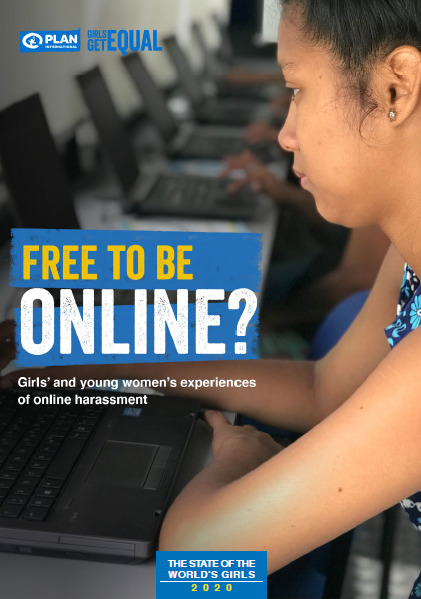
State of the World’s Girls: Free to be online?
This year (2020), Plan International’s annual State of the World’s Girls report is based on research – conducted across 31 countries with over 14,000 girls and young women – aimed at uncovering and understanding their experiences of being online on social media platforms.
Girls are targeted online just because they are young and female, and if they are politically outspoken, disabled, Black or identify as LGBTIQ+, it gets worse. Harassment ranges from being put down for your opinions, to being threatened with violence, to being besieged by unwanted pornographic images. Like street harassment it is unremitting, often psychologically damaging and can lead to actual physical harm.
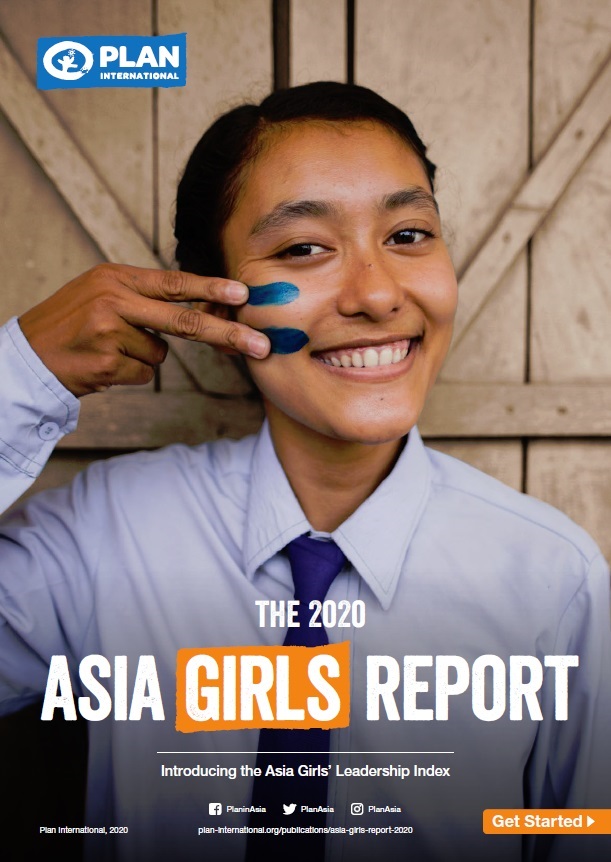
2020 Asia Girls Report
The 2020 Asia Girls Report is Plan International’s inaugural research report on the situation of girls in Asia and part of our contribution to the sustainable development agenda.
The report introduces the Asia Girls’ Leadership Index, the first of its kind to present the status of girls’ leadership across six domains in 19 South and Southeast Asian countries. Globally there are wide gaps in the availability of credible data on adolescent girls.
The Index is a powerful tool that can be used by national governments and their development partners to inform, monitor and measure investments in girls’ leadership and development, and to close the gender gap by 2030.
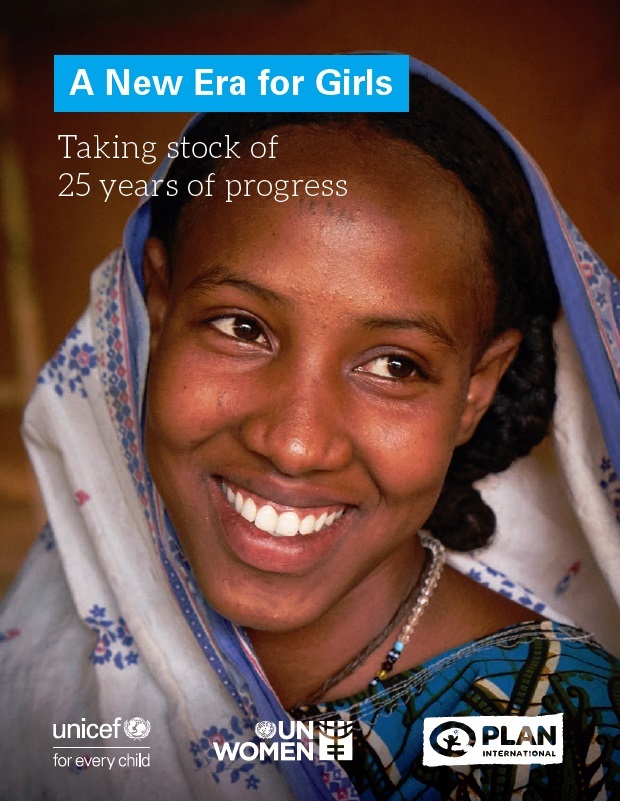
A New Era for Girls
Taking stock of 25 years of progress
In 2020, nearly 68 million girls are expected to be born. The analysis presented in this report shows that while girls’ lives are better today than they were 25 years ago, these gains are uneven across regions and countries. This is particularly true for adolescent girls.
To accelerate progress, girls need to be involved in both the decision making and designing of solutions that impact their future. This report demonstrates the need to focus on the realities girls face today and addresses the critical issues of ending gender-based violence, child marriage and female genital mutilation (FGM); making sure girls have access to 12 years of education and the skills they need for the workforce; and improving girls’ health and nutrition.
The evidence provides a foundation for recommendations to global, national and regional stakeholders on important actions that would enable girls to successfully transition into adulthood with the ability to make their own choices and with the social and personal assets to live a fulfilled life.
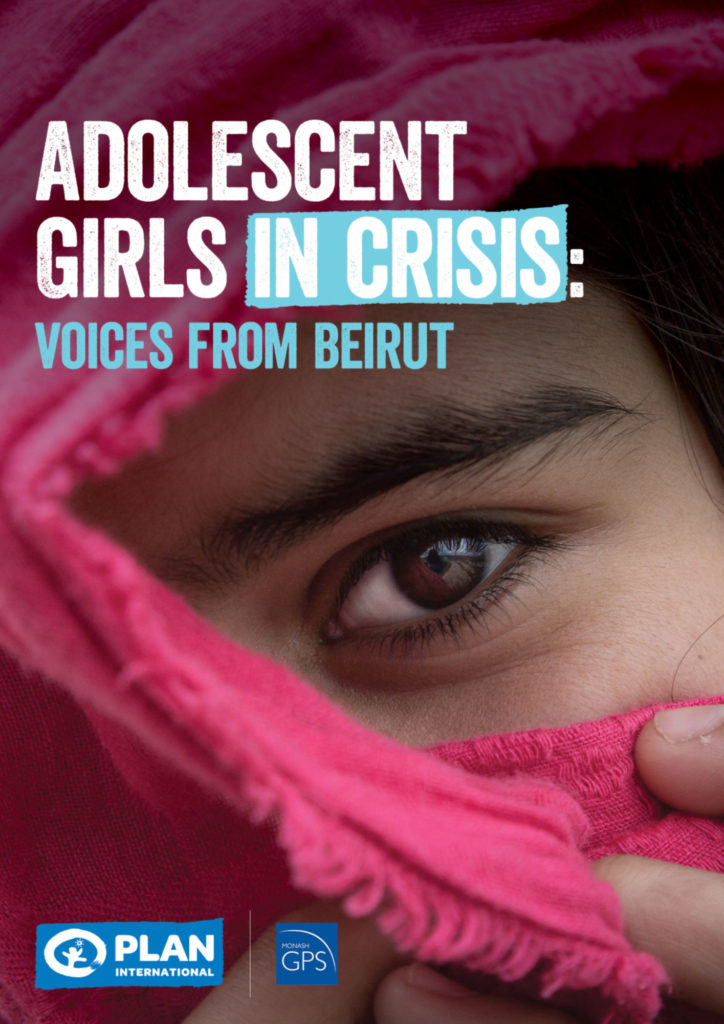
Adolescent Girls In Crisis: Voice from Beirut
This report on Girls in Crisis is the fourth in a series commissioned by Plan International and the only one to focus on adolescent girls who are refugees in a city. The urban environment brings particular challenges, especially in the context of Lebanon which hosts the largest number of refugees per capita in the world, including a recent influx of 1.5 million fleeing the conflict in Syria.
Within these urban refugee communities, and elsewhere, the unique impact of crisis on adolescent girls is often overlooked. This report, drawing on research carried out in three different research sites in Beirut and its suburbs explores the experiences of adolescent girls. It seeks to amplify their voices and perceptions of their lives and communities, and presents their views on how the humanitarian sector might respond to the challenges they face.
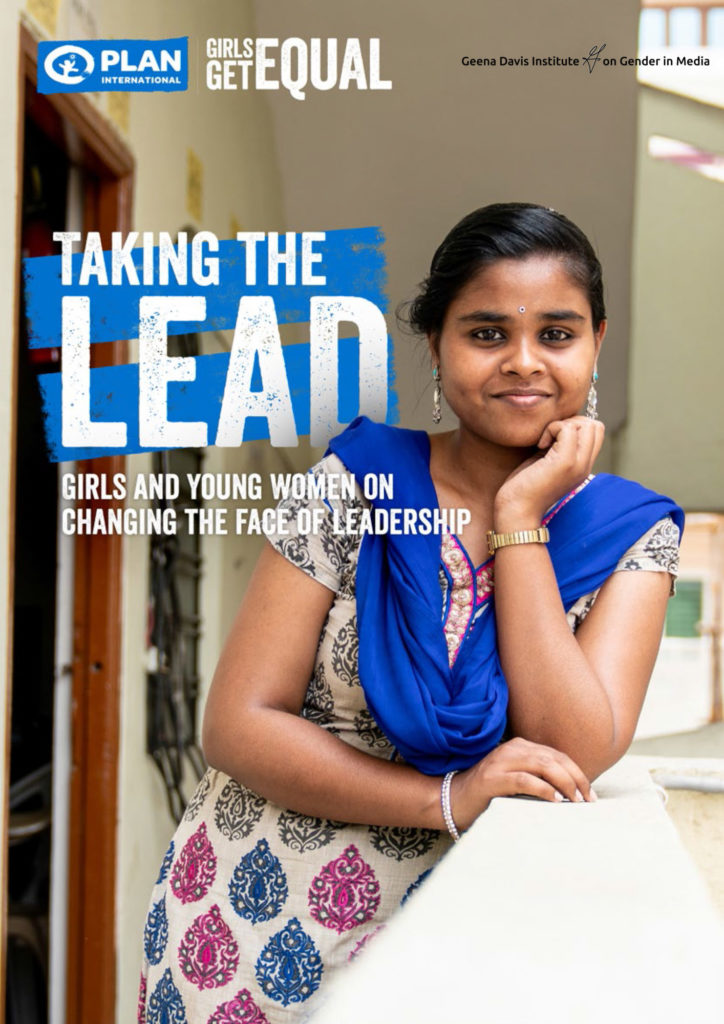
Taking the Lead
Girls and young women on changing the face of leadership
This research is an in-depth and ambitious look at female leadership: close to 10,000 girls and young women shared their ideas and experiences.
Three-quarters of them told us they aspire to be leaders. But we know that only 24% of parliamentarians worldwide and only 5% of Fortune 500 CEOs are women.
What does it take for girls to become leaders, to take control of their lives and their futures: at home, at work and in their communities and countries?
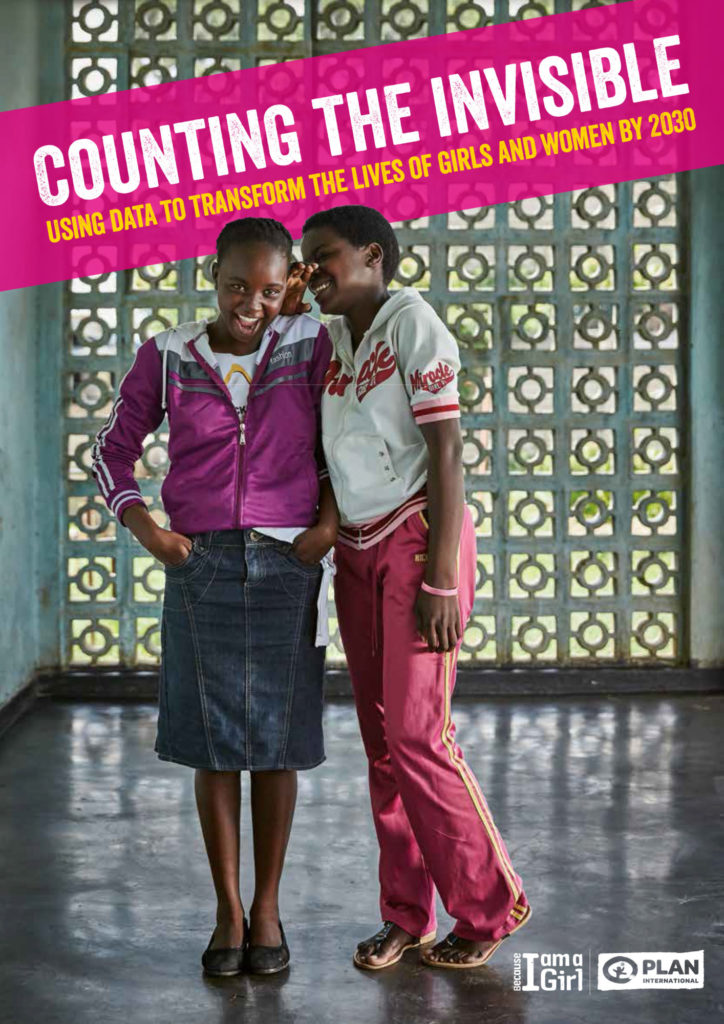
Because I am a Girl Report
Counting the Invisible- Using Data to Transform the Lives of Girls and Women by 2030
In many countries, the data we need on girls and women don’t exist yet, or is incomplete. For example, we don’t know the number of girls who leave school due to different reasons. We can’t close the gender gap without first closing the data gap. We are creating independent data tracker with different partners. The tracker will measure progress for girls and women and help ensure governments deliver on the Sustainable Development Goals’ promises of equality by 2030.
The vision is simple: a world in which improved gender data inform the decisions and investments that can transform the lives of girls and women by 2030.
Throughout, we will raise our voices on issues that matter and amplify the voices of girls and women – presenting ‘data with a soul’ by revealing first-hand insights into the barriers girls and women face and their experiences with overcoming these barriers.
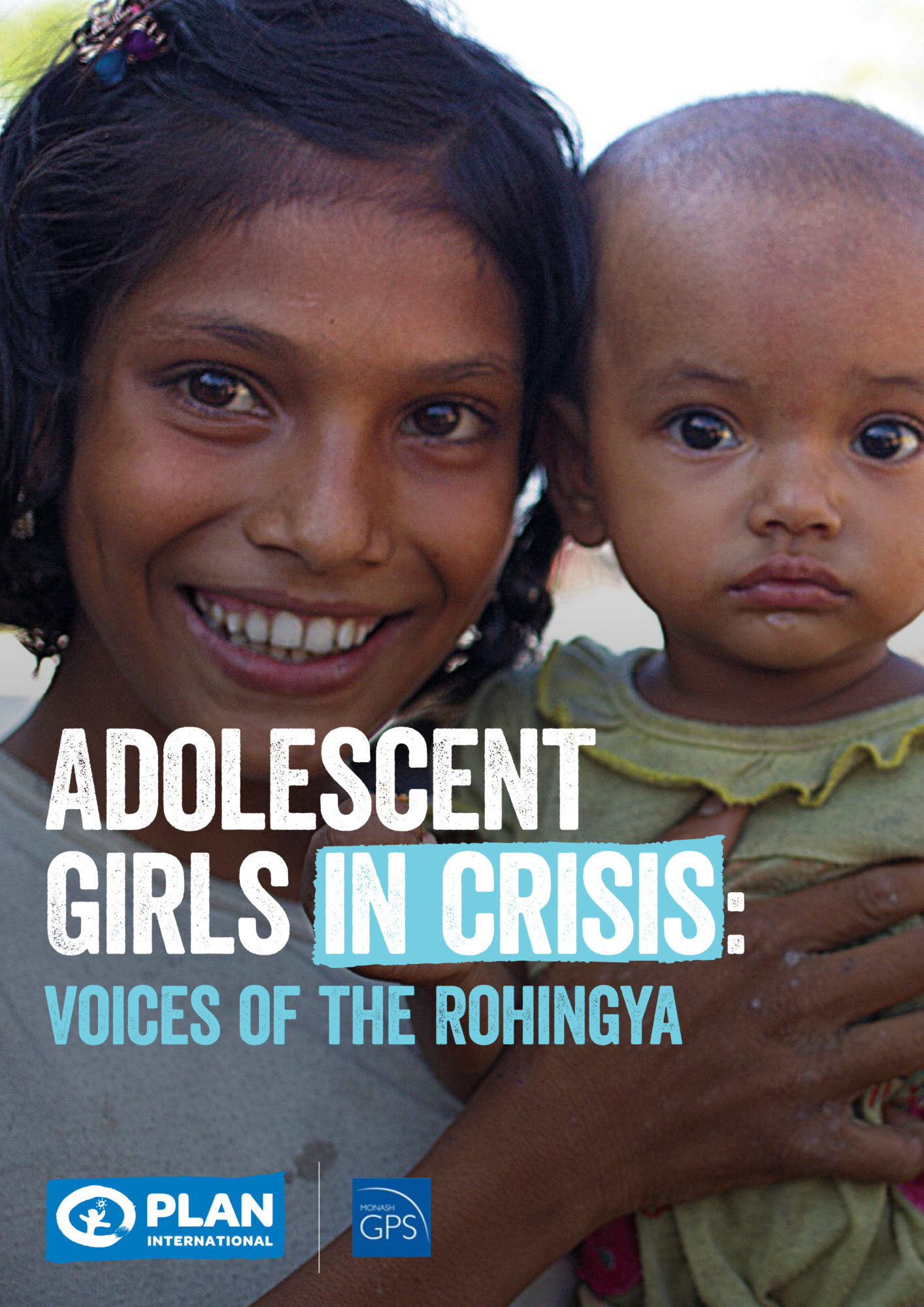
Adolescent girls in crisis
Voices of the Rohingya
While the Rohingya community overall continues to face multiple forms of insecurity, adolescent girls are affected by this protracted crisis in ways that are different from adolescent boys and women, and in ways that are often overlooked. This is the first report to focus specifically upon displaced adolescent Rohingya girls in Bangladesh. It explores how adolescent girls within two age brackets (10-14 and 15 -19) understand the unique impact the crisis has upon them, and how they have responded to the challenges they face. The report seeks to amplify girls’ voices and their perceptions of the crisis and presents their views on how the humanitarian sector might respond.
